Bathing Your Dog: A Vet's Guide to Keeping Your Canine Clean and Happy
by Ruby Gin on Oct 08, 2023
As a loving dog parent, you want the best for your furry friend, and that includes keeping them clean and healthy. Bathing your dog is a crucial part of their grooming routine, but it's not just about soap and water. To ensure a positive bathing experience and maintain your dog's overall well-being, there are some important tips and considerations to keep in mind. In this blog post, we'll provide you with a veterinarian's guide to bathing your dog effectively and safely.
1. Establish a Regular Bathing Schedule
One of the first steps in bathing your dog is to establish a regular schedule. The frequency of baths depends on various factors, including your dog's breed, activity level, and coat type. Generally, most dogs benefit from a bath every 4-12 weeks. However, over-bathing can strip your dog's skin of natural oils, leading to dryness and potential skin issues. Conversely, under-bathing can result in an unpleasant odor and a dirty coat. Find the right balance that suits your dog's specific needs.
2. Choose the Right Shampoo and Conditioner
Selecting the right grooming products is essential for a successful bath. Here's what you should know:
- Use Dog-Specific Products: Human shampoos can be too harsh for a dog's skin and may cause irritation. Invest in high-quality, dog-specific shampoos and conditioners designed to meet your pet's needs.
3. Prepare Your Supplies
Before you begin the bath, gather all the necessary supplies, including:
- Shampoo and conditioner: As mentioned, ensure you have appropriate dog-specific products.
- Towels: Have a few towels on hand to dry your dog after the bath.
- Brush or comb: Brush your dog's coat before the bath to remove loose hair and mats.
- Cotton balls: These can be used to prevent water from entering your dog's ears.
- Non-slip mat: If you're bathing your dog in a bathtub or sink, use a non-slip mat to prevent slipping.

4. Check Water Temperature
Before you introduce your dog to the water, make sure it's at a comfortable temperature—typically lukewarm. Dogs are sensitive to water that is too hot or too cold, so finding the right balance is crucial.
5. Wet Your Dog's Coat Thoroughly
Start by wetting your dog's coat thoroughly before applying shampoo. Begin at the neck and work your way down, avoiding the eyes, ears, and nose.
6. Be Gentle and Thorough
When applying shampoo, be gentle and thorough:
- Lather Well: Make sure to lather the shampoo well, paying extra attention to areas that tend to get dirty, such as the paws, underbelly, and tail.
- Rinse Thoroughly: After shampooing, rinse your dog thoroughly to remove all soap residue. Leftover soap can lead to skin irritation.
7. Protect the Ears
To prevent water from entering your dog's ears, you can place a cotton ball inside each ear canal. Just remember to remove them after the bath.
8. Face and Eyes
Use a damp cloth or sponge to clean your dog's face, avoiding the eyes and mouth. Special dog face wipes are also available for this purpose.
9. Consider Using Conditioner
If your dog has a long coat, consider using a conditioner to help detangle and maintain the coat's softness and shine.
10. Dry Thoroughly
After the bath, use towels to dry your dog thoroughly. Some dogs may tolerate a blow dryer on a low, cool setting, but be cautious as loud noises can be stressful for some pets.
11. Reward and Praise
Make the bathing experience a positive one for your dog by offering treats and praise. This helps create a positive association with baths and reinforces good behavior.

12. Regularly Check for Skin Issues
While bathing, take the opportunity to check your dog's skin for any abnormalities such as redness, sores, or lumps. Early detection of skin issues is crucial for prompt treatment.
13. Seek Professional Help When Needed
For certain breeds with complex grooming needs or if you're unsure about the process, consider seeking the services of a professional groomer. They have the expertise and tools to ensure a safe and comfortable grooming experience.
Remember that every dog is unique, and their grooming needs may vary. Pay attention to your dog's reactions during bath time, and adapt your routine to ensure they are comfortable and happy. By following these tips and guidelines, you can keep your dog clean, healthy, and looking their best. Bathing can be a bonding experience for you and your furry friend, so make the most of it!
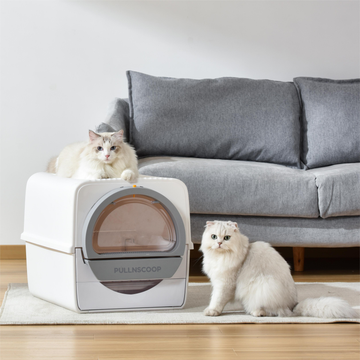


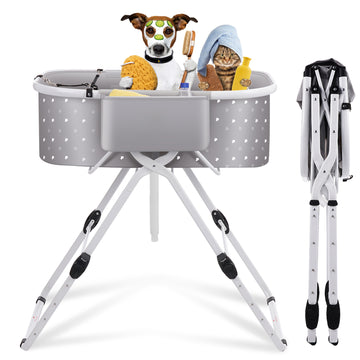
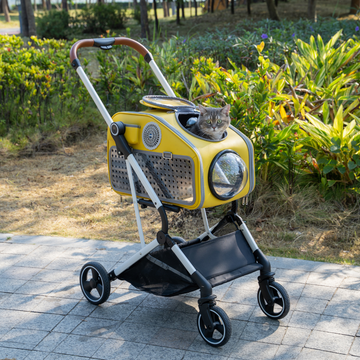
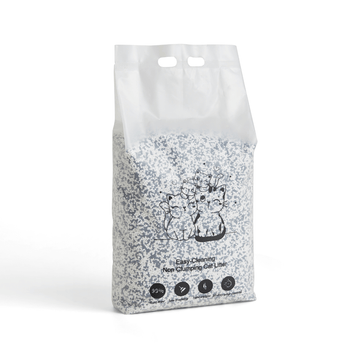
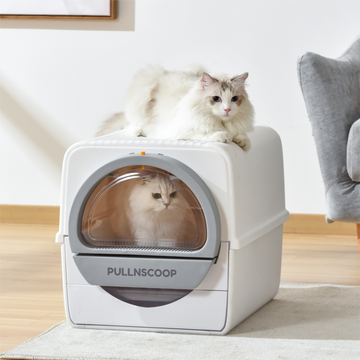

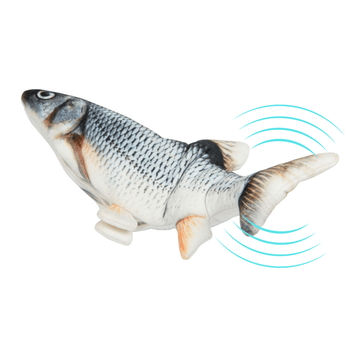
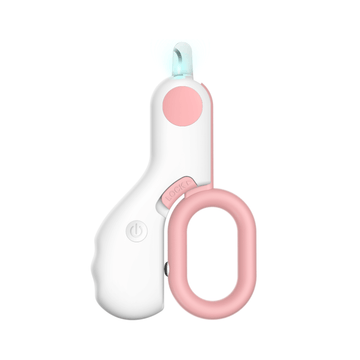

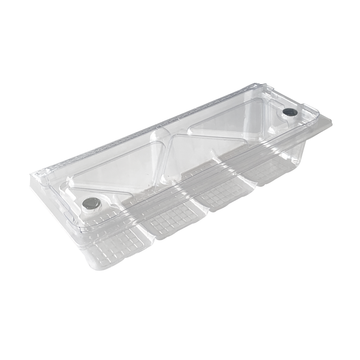
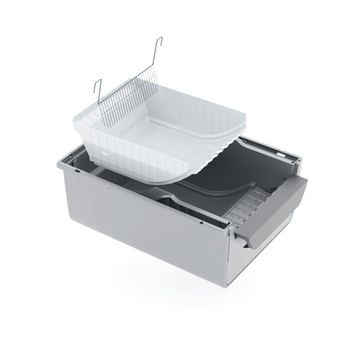
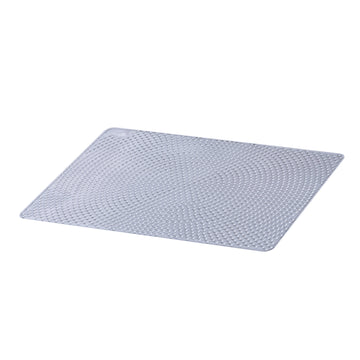
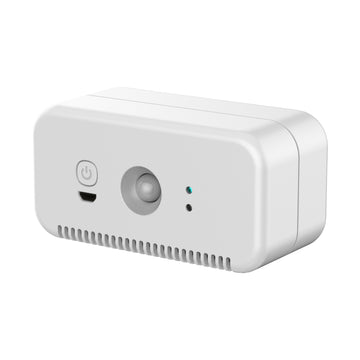

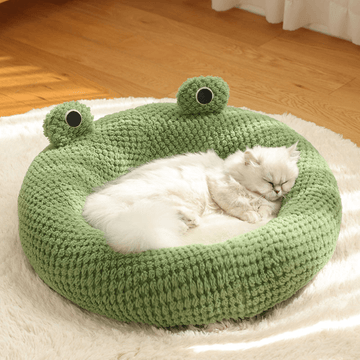


DIY Stainless Steel Litter Box Solutions
The Impact of Stainless Steel Litter Boxes on Cat Health
How to Clean Your Stainless Steel Litter Box
Stainless Steel Litter Boxes: User Reviews